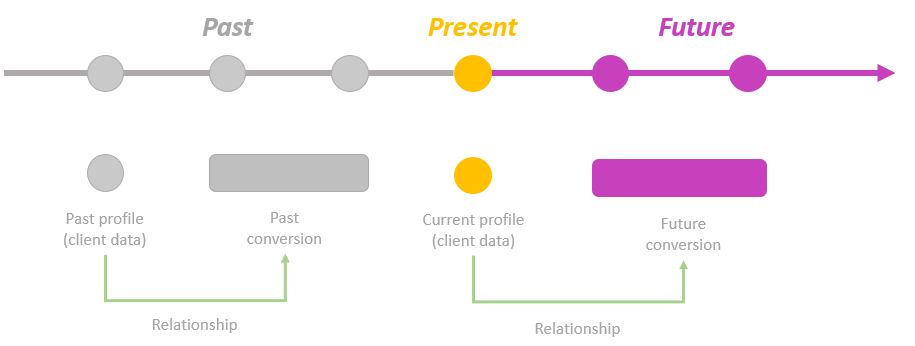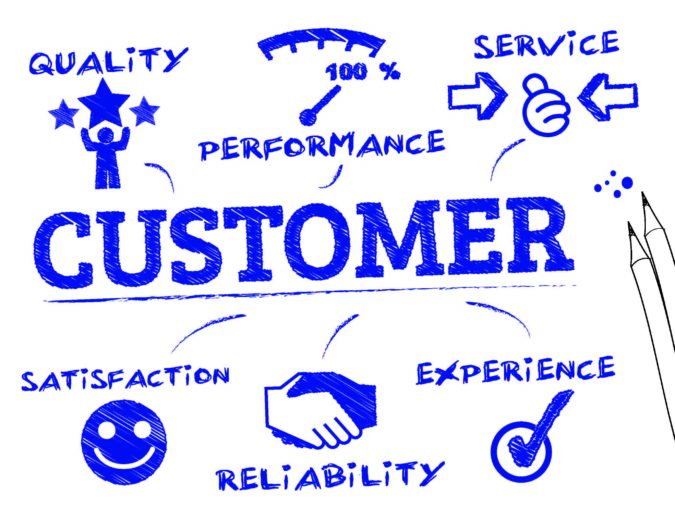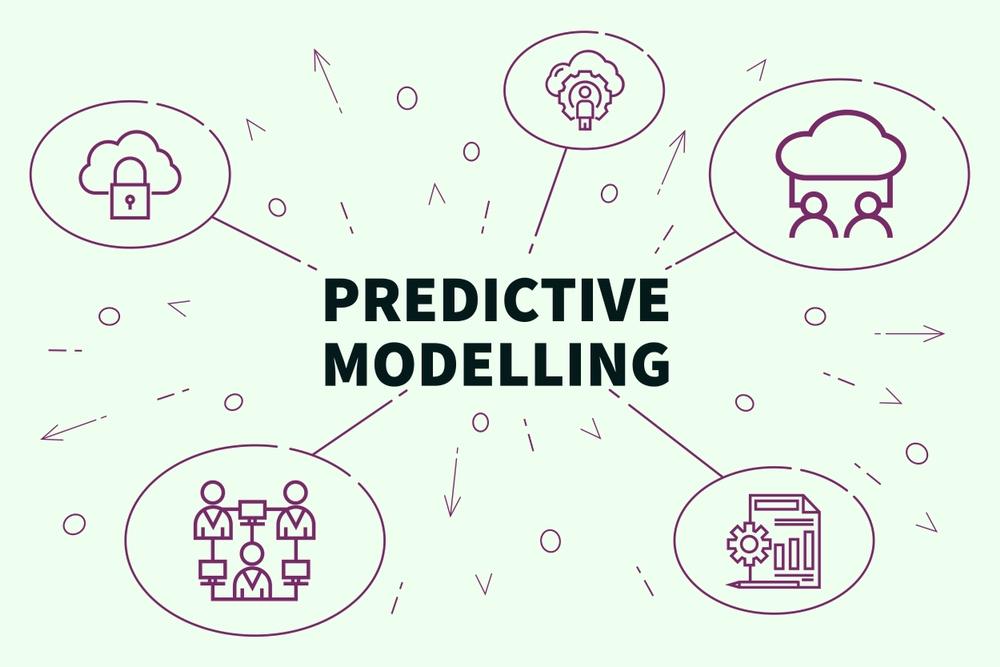Mastering Client Retention -
A Guide to predicting Churn in Your Portfolio
We are evolving in a digital world where the customer is at the driving seat in his relationships with companies. Based on our experience on the market, we have identified 4 key challenges that companies are facing in the objective of acquiring and keeping customers :
- Markets like energy and telecom have seen the removal of barriers preventing clients to easily switch from providers. On top of that, customers are feeling less and less attached to providers in such increasingly competitive markets. In the past years, energy providers in Belgium saw 25% of the clients change their provider.
- With the awareness and knowledge raised around data and analytics, the effectiveness of sales & marketing are questioned and measured. The ROI is now a key criteria of evaluation. Marketing and retention budgets reduce over.
- The cost to acquire a new client is a key challenge for most sectors. In the Energy market, it is 1,5 the yearly profit of the client. It emphasizes the need to make sure that churn is not preventing companies from making profit over the customer lifetime.
- Customers are now more than ever in charge of their relationships with providers. Companies being able to connect with them with relevant content and timing will outperform in terms of customer satisfaction and customer lifetime value.
Past information to tackle future churn
Those challenges clearly show we have more customer movements in liberalized markets due to less barriers and that combined with high acquisition cost and smaller budgets are raising the need for effectiveness and relevance.
Today, companies are storing tremendous amounts of data and technologies like machine learning and artificial intelligence are becoming affordable.
These two combined can offer help in solving the challenges mentioned above. In fact, historical information (demographic, financial, behavioral, etc) can be used to predict a future action from the customers, being churn, acquisition, cross-selling. This is called predictive modelling and it identifies causality between historical events and future behavior:

The model is only capable of predicting an action but also helps you to understand behaviors leading to an action. Meaning that you will be able to take action on short term to prevent an action from happening on a specific customer but also work on a longer run to adapt your operations/offerings/etc to avoid future churn. It allows you to mix the reactivity and the proactivity on the churn or acquisition behaviors.
The model delivers two outcomes:
- It provides, on a defined time base, a table ranking customers or prospects starting from the one having a high probability of churn for example and finishing with the customers that won’t leave. The ranking can be done considering the value of the customer also.
- You will also receive a list of key aspects of the customer journey mostly impacting the studied behavior, like number of complaints, quality of service, bill reminders, etc.
These outcomes can help you in the reactive fight by identifying critical customers and understanding that a combination of variables generate that state of mind. For example, when you want to tackle churn in the short term, you will select the customers on top of the ranking and provide a message using the key aspects of their customer journeys in order to keep them with you.
The model is especially useful if you take the churn fight on a more proactive and future oriented approach. Instead of stopping fires that are already burning, top ranked customers, working on the identified key aspects will bring more value. If the bill correctness is annoying a lot of customers and generating churn, instead of calling the customers impacted, you could launch a small ‘agile’ project to identify and fix issues that are creating dissatisfaction. It will generate more return in the long run.
The model must not be seen as something static and it should evolve with the changes in the market, customer expectations and improvements you apply on your operations. The truth of yesterday is not the one of tomorrow. So the model should either adapt live to changes or should be reviewed on a timely basis. New technology like machine learning and AI can help you by crunching more and more data, finding patterns, creating new information variables on the customers, etc.
Of course, it has limitations because we try to predict the future which is of course not an exact science. The model will give false positives depending on the confidence level you want to put. Selecting 60% certainty means that 40% of the population are not willing to churn. You can tackle that by working on a higher level of confidence, like 95%. But if you want to work on the nurturing of the customers slowly thinking about churn, you can select the one between 90% and 70% for example. The ranking is allowing the creation of different tactics.



Proactivity on identified issues will generate value through customer lifetime
Predictive models are powerful tools but need to be made actionable. Here are different important aspects:
- The identified customer moments impacting the churn by the model must initiate a proactive approach and should challenge the internal processes in the aim of mitigating those aspects. Examples we’ve encountered are the unexpected effect of finishing promotion, real time consumption behavior changes and specific aspects of bill incorrectness. Those elements were extracted by the model and should be further deep dived in order to prevent those issues to happen. Specifically on the promotion, marketing teams might discuss the adequation of product before the promotion is ending, communicate that the promotion will end to avoid bill shock, etc.
- It allows you to work on targeted smaller audiences making possible for you to become more relevant with the customers. By reducing the target group, you can better control your retention spending.
- You are now able to create a more relevant message towards your customer. Indeed by understanding the underlying causes of his future churn action, you can contact him with pertinent information that will speak to him. This will generate a better customer experience.
To finish, the creation and usage of such models is a shared responsibility between the data team, architecture, customer service, marketing, Go-To-Market and sales. It is only when they are collaborating to reach the same goal that it will bring success.
At irex consulting, we have the capabilities to deliver predictive models and make their insights actionable in your business. We performed projects on churn & acquisition in the telecom & energy industry.